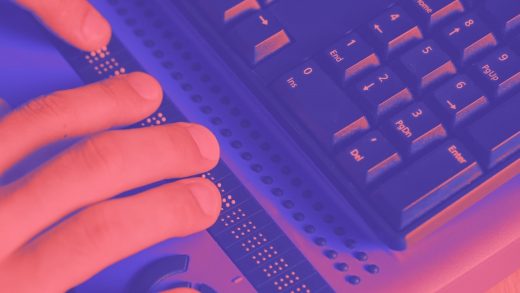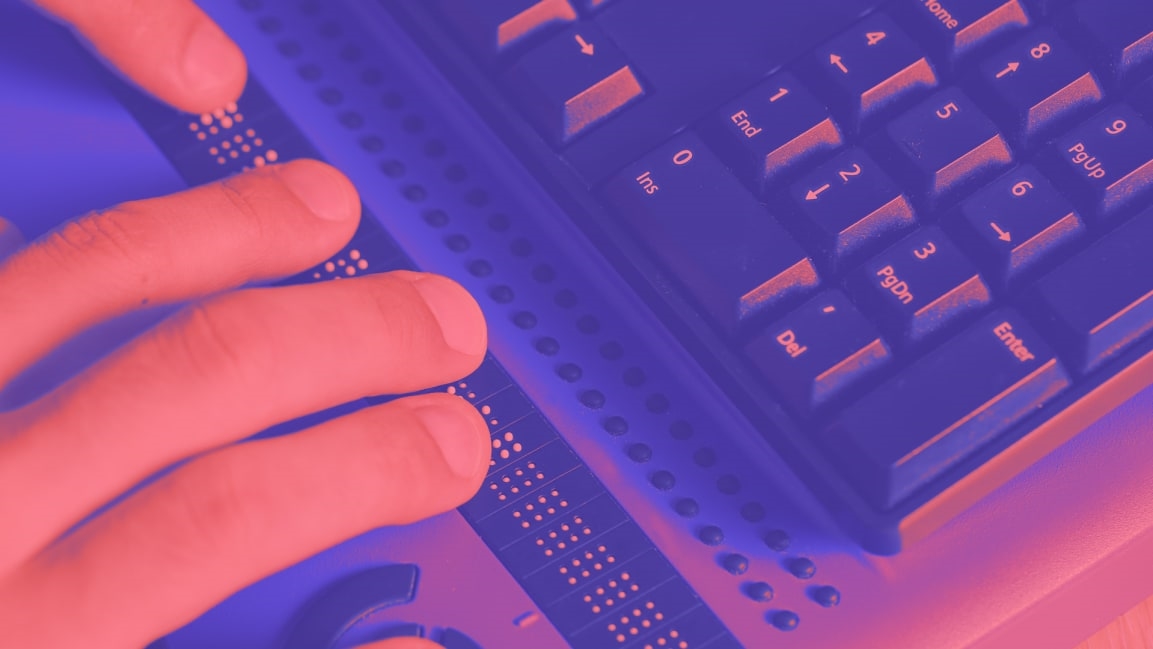Bad websites shouldn’t keep people with disabilities from accessing vaccines
By Tony Coelho and David Moradi
Nearly 50 million Americans live with a disability, and a huge percentage of them struggle with online access and digital accessibility. Consider Chris Reighard, a 62-year-old in Altoona, Pennsylvania, and her husband, Dave. Both are blind and rely on screen readers to help them navigate the internet. But when they went to the Pennsylvania Health Department’s website this past March in a bid to schedule their appointments for the first dose of the COVID-19 vaccine, they found that the page detailing the locations of vaccination sites consisted of a map with colored dots marking the available locations. Their screen reader was helpless in translating the image for them.
Or Gigi Robinson, a photographer who is studying for her master’s degree at the University of Southern California. Robinson suffers from Ehlers-Danlos, mast cell activation, and postural orthostatic tachycardia syndromes, all of which make it harder for her to walk or stand for long periods of time. But when she went online to register for a vaccine appointment, there was no way to filter sites for those where she would not be required to stand in line, or to register her disability in order to pinpoint a site that could accommodate her.
The problems are ubiquitous across public health and government sites and portals. A joint study by Kaiser Health News and Web AIM examined 94 state web pages that held information about the vaccine, as well as sign-up sites and provider locations, and found accessibility barriers in all but 13 of them.
Since 1990, when Tony authored the Americans with Disabilities Act (ADA), physical spaces in the United States have been dramatically transformed. In the more than 30 years since that act was signed into law, our lives have become wholly dependent on access to the World Wide Web. But the rise in internet use has not coincided with a spike in online accessibility. Today, less than 3% of the web is currently accessible to people with disabilities. This constitutes not just a violation of the law, but a legitimate public health crisis.
We shop, learn, work, and socialize online. And when it comes to successfully executing a massive public health campaign, such as widespread vaccination, we also must book appointments online, research locations for receiving the shot online, and even obtain information for public transportation and access to those locations online. Digital accessibility is a crucial piece of the vaccination process. If the internet isn’t accessible to those with disabilities, then those with disabilities will continue to lag behind their peers in terms of access and inoculation.
This massive stumbling block that stands before people with disabilities comes at a significant cost. In the United Kingdom, nearly 60% of all COVID-related deaths last year were people with disabilities. That staggering number comes despite the fact that people with disabilities are only 17.2% of the population, according to their Office of National Statistics.
Richard Kramer, who leads the U.K. disability charity Sense, issued a clear response to those numbers. Throughout the pandemic, people with disabilities had “largely been forgotten, left without sufficient support, information and communication,” he was quoted as saying on the BBC.
This lack of attention to the practical daily needs of people with disabilities comes at a moment when their accomplishments are receiving unprecedented publicity. This summer, it feels as though the entire global community is cheering together as Paralympic swimmer Jessica Long earned her 14th career gold medal. Another Para swimmer competing on the global stage in Tokyo is Afghani Abbas Karimi, who was born without arms and fled the Taliban at age 16. Representing the Refugee Paralympic Team, he offers a salve to the devastating news coming out of his home country.
But while rooting for the success of Paralympic athletes is important, ensuring the health and safety of ordinary citizens is no less vital. The CDC has recommended that vaccine information be provided in a number of formats across media channels, including American Sign Language, braille, and easy-to-read materials with large pictures, text, and visual cues. There are a number of elements web designers can include to make sites accessible, in compliance with the ADA and Web Content Accessibility Guidelines (WCAG). As the United States gears up to begin offering COVID booster shots this month, we have a second chance to get this critical process right for all Americans.
The COVID-19 pandemic has forced many of us to realize the preciousness, and precariousness, of our health. Americans living with disabilities deserve equal access to every resource we have for fighting this virus. It’s our job to make sure the internet is accessible so they can get it.
Tony Coelho is a former congressman and the author of the Americans with Disabilities Act. He serves as an independent board director of AudioEye. David Moradi is the CEO of AudioEye.
(54)



